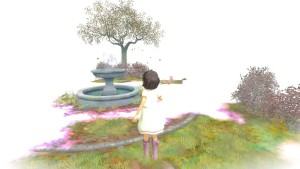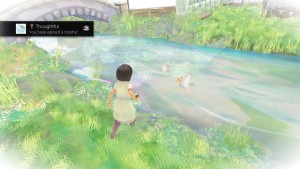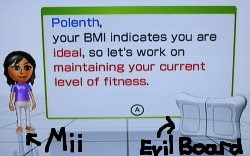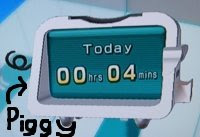 Developer: Nostatic Software
Developer: Nostatic Software
First Release: August, 2015
Version Played: PS Vita
Length: Short
Available: Amazon US (Android) | Amazon UK (Android) | Apple (iPhone / iPad) | PS Store US (PS Vita) | PS Store UK (PS Vita)
A girl doesn’t like noise and distraction, and she’ll do whatever it takes to make it stop. Between her parents, little brother, noisy neighbour and kittens/cat, there’s a lot to sort out before she gets peace and quiet.
The Quiet Collection is a bundle of four short adventure games. The games are also available separately on some platforms. They are: “Quiet, Please!”, “Quiet Christmas”, “Vacation Vexation” and “Candy, Please!” They have old-school pixel graphics and the puzzles are based on picking up and combining objects. Only one object can be carried at once, so it takes a little thought to get everything together.
Though it might not have been intended, the concept reminds me of Sensory Processing Disorder. In “Quiet, Please!” she wants to sleep after getting home from school. But small things, like a ticking clock, are too distracting. Even good things, like her pet kittens, need to be out of the room so she can sleep. The methods of getting those things are sometimes mischievous, but I empathised with wanting to make things as quiet as possible.
“Quiet Christmas” is also at her house. This time, she’s getting things sorted so she can sleep and wake for Christmas. It’s similar to the first game in general size and complexity. It does highlight that one of the issues is people not listening to what she wants, as the neighbour continues to sing Christmas carols when she wants him to stop. He can’t imagine why she wouldn’t want him singing.
The third game starts to mix up settings, by taking the family away on holiday. “Vacation Vexation” also has three mini-games, based on arcade classics: Face Invaders (Space Invaders), Badger (Frogger) and Karate Battle. This one had its moments, but I preferred wandering around the house making things quiet to wandering around a beach resort.
“Candy, Please!” is back home for Halloween. It has a larger playing area, as it includes visiting the neighbours. The puzzles are also a little trickier to work out, as they mainly consist of putting together multiple costumes. It takes a little more thought to work out what might go together to make an outfit.
I enjoyed these mini adventures (each one will probably take under an hour). The puzzles and concept are domestic, focusing on the girl and her normal family routine. They’re nice little games for relaxing. It was fun to see some things progress, like the kittens growing up into a cat (I’m assuming the other two kittens were rehomed, rather than combining into one mighty cat, but the game doesn’t say). I didn’t encounter any bugs or other issues, though there are times when the game won’t allow a puzzle solution that would work in real life.
It is worth noting the time it takes to finish them. They’re short, and will play the same way each time, which might be a factor in how much you’re willing to spend on them. Also the character speech is text-only. It’s fairly chunky text, but may be difficult to read on some screens for some people.
If you’re looking for a little adventure game nostalgia, and something not too stressful, this is a nice collection of games.



 Wii Fit is outside of the sort of games I normally play/review. But it was in the house and I don’t pass up free stuff. For those who don’t know what it is, Wii Fit is an exercise game for the Nintendo Wii console. It comes with a board that measures your movements as you stand on it.
Wii Fit is outside of the sort of games I normally play/review. But it was in the house and I don’t pass up free stuff. For those who don’t know what it is, Wii Fit is an exercise game for the Nintendo Wii console. It comes with a board that measures your movements as you stand on it. The most obviously working thing was the yoga. I could feel the affect on my muscles on the first attempt. I liked the fact the games had a little monitor to show if you were moving correctly. It made it easier to correct posture and balance.
The most obviously working thing was the yoga. I could feel the affect on my muscles on the first attempt. I liked the fact the games had a little monitor to show if you were moving correctly. It made it easier to correct posture and balance.